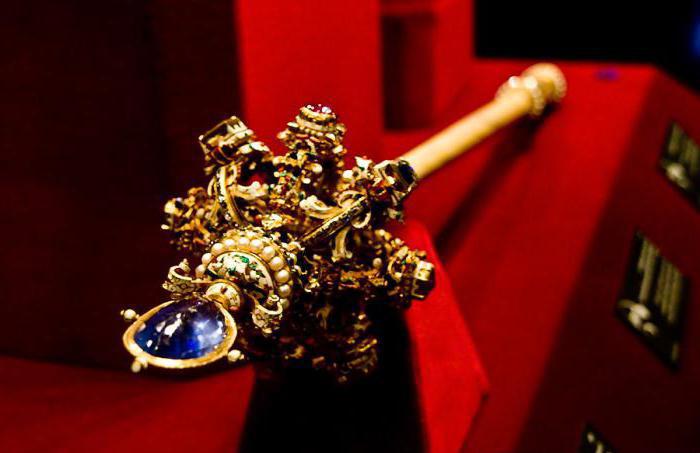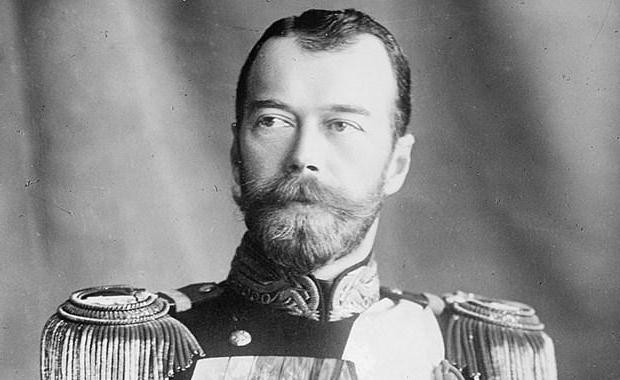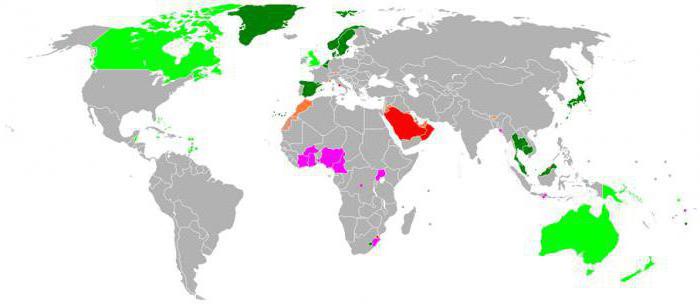Constitutional Monarchy - Relatively Young form of government. It simultaneously combines monarchical and democratic institutions. The degree of their relationship, as well as the level of real power of the crowned person, in different countries differ significantly. Let's find out in more detail what constitutes a constitutional monarchy and what are the features of this form of government.

The essence of the term
The constitutional monarchy is a special type of state system in which the monarch, although formally considered the head of state, his rights and functions are largely limited by the legislation of the country. Without a doubt, this restriction should not only be legal in nature, but actually applied.
At the same time, it should be noted that there are countries in which the crowned person has rather high powers, despite the restrictions, and such states where the role of the monarch is purely nominal. In contrast to the republic, the constitutional monarchy is often characterized by a hereditary form of transfer of power, although its real volume can be minimized.
Classification of Monarchies
A constitutional monarchy is only one of many types that a monarchical system can take. This form of government can be absolute, theocratic (power belongs to the religious head), estate-representative, early feudal, ancient Eastern, non-hereditary.
Absolute and constitutional monarchy differ mainly in the fact that in the first of them any decision of the ruler has the force of law, and in the second the will of the monarch is largely limited by domestic laws and regulations. Therefore, these forms of government are considered to be largely opposite to each other.

At the same time, within the concept of “constitutional monarchy”, there is a division into two groups: dualistic and parliamentary.
Dualistic monarchy
A kind of government like dualistic monarchy implies a significant participation of the crowned person in public affairs. Often, the ruler is a full-fledged head of state with most of the rights and functions arising from this, but they are somewhat limited by law.
In such states, the monarch has the right to personally appoint and remove the government of the country. The limitation of the power of the crowned person is most often expressed in the decree that all her orders take legal force only after they are confirmed by the minister of the relevant department. But, given that the ruler himself appoints the ministers, these restrictions are largely formal.
In fact, the executive power belongs to the monarch, and legislative - to the parliament. At the same time, the ruler can veto any law adopted by parliament, or even dissolve it. The monarch’s authority is limited by the fact that the aforementioned legislative body approves or rejects the special budget approved by the crowned one, but in the latter case runs the risk of being dissolved.
Thus, in a dualistic monarchy, the ruler is the legal and de facto head of state, but with limited rights by law.

Parliamentary monarchy
The most limited constitutional monarchy has a parliamentary form. Often in a country with such a state structure the role of a monarch is purely nominal.He is a symbol of the nation and a formal head, but practically has no actual power. The main function of the crowned person in such countries is representative.
The government is responsible not to the monarch, as is customary in dualistic monarchies, but to parliament. It is formed by the legislative body with the support of most parliamentarians. Moreover, the crowned person often does not have the right to dissolve the parliament, which is elected democratically.
At the same time, some formal functions still remain with the nominal ruler. For example, he often signs decrees for the appointment of ministers elected by the legislature. In addition, the monarch represents his country abroad, performs ceremonial functions, and at critical moments for the state he can even assume full power.
Thus, in a parliamentary form, the monarchy person does not have either legislative or executive power. The first belongs to parliament, and the second to the government, which is responsible to the legislature. The head of government is the prime minister or an official similar in function. Parliamentary monarchy most often corresponds to a democratic political regime.

The rise of constitutionalism
Let's follow how this form of government has evolved over the centuries.
The formation of a constitutional monarchy is associated with the Glorious Revolution in England in 1688. Although before this period there were countries with forms of government in which the king’s power was significantly limited by the feudal elite (the Holy Roman Empire, Polish-Lithuanian Commonwealth, etc.), but they did not correspond to the modern meaning of this term. So, in 1688, due to a coup d'etat, the Stuart dynasty that ruled in England was displaced, and William III of Orange became king. The very next year, he published the Bill of Rights, which significantly limited royal power and gave parliament very great powers. This document laid the foundation for the formation of the current political system in the UK. The constitutional monarchy in England finally took shape in the 18th century.
Further development
After the Revolution of 1789, a constitutional monarchy was actually introduced in France for some time. But she did not act long, until 1793, when the king was deposed and executed. The time has come for the republic, and then for the Napoleonic empire. After this, a constitutional monarchy existed in France during the periods from 1830 to 1848 and from 1852 to 1870.
Sweden and Norway were called constitutional monarchies in 1818, when the Bernadotte dynasty, the founder of which was a former Napoleonic general, began to rule there. A similar form of power was established in the Netherlands from 1815, in Belgium - from 1830, and in Denmark - from 1849.
In 1867, the Austrian Empire, before being the pillar of absolutism, was transformed into the Austro-Hungarian Empire, which became a constitutional monarchy. In 1871, the German Empire was formed, which also had a similar form of government. But both states ceased to exist due to defeat in the First World War.
One of the youngest monarchical systems with a constitutional order is Spanish. It arose in 1975 when, after the death of dictator Franco, King Juan Carlos I ascended the throne.
Constitutionalism in the Russian Empire
Discussions about the possibility of restricting the power of the emperor by the constitution began among leading representatives of the nobility as early as the beginning of the 19th century, during the time of Alexander I. The famous Decembrist uprising of 1825 set as its main goal the abolition of autocracy and the establishment of a constitutional monarchy, but it was suppressed by Nicholas I.
Under the reformer Tsar Alexander II, who abolished serfdom, certain steps were also taken by the authorities in the direction of restricting autocracy and the development of constitutional institutions, but with the assassination of the emperor in 1881, all these initiatives were frozen.

The revolution of 1905 showed that the existing regime in its previous form has outlived itself. Therefore, Emperor Nicholas II gave the green light to the formation of a parliamentary body - the State Duma. In fact, this meant that since 1905 a constitutional monarchy was established in Russia in its dualistic form. But this form of government did not last long, since the February and October revolutions of 1917 marked the beginning of a completely different socio-political system.
Modern examples of constitutional monarchies
The pronounced dualistic monarchies of the modern world are Morocco and Jordan. With reservations, you can add to them the European dwarf states of Monaco and Liechtenstein. Sometimes the political system of Bahrain, Kuwait and the United Arab Emirates is reckoned to this form of government, but most political scientists consider them nevertheless closer to absolutism.

The most famous examples parliamentary monarchy represented by the state system of Great Britain and its former dominions (Australia, Canada, New Zealand), Norway, Sweden, the Netherlands, Belgium, Spain, Japan and other countries. It should be noted that there are much more states representing this form of government than dualistic ones.
The importance of government
Thus, we can state the fact that the constitutional monarchy in its various forms is a fairly common form of government. In many countries, its existence dates back not one hundred years, while in others it has been established relatively recently. This means that this type of government remains quite relevant today.
If in a parliamentary form the formal supremacy of the monarch is associated more with respect for history and traditions, then a dualistic view is a way to limit the level of concentration of power in one hand. But, of course, each country has its own characteristics and nuances of the formation and functioning of this type of government.
